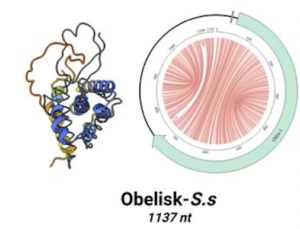Contrary to popular belief, it’s not the large atherosclerotic plaques that cause most fatal cardiac events; it’s the small ones you really need to watch out for, says Steven Masley, MD, a functional medicine physician in St. Petersburg, FL.
Large plaques cause angina, which are like the fire alarm signals of heart disease. But these large plaques are usually stable and unlikely to rupture. “The plaques most likely to rupture are the small 20%-40% obstructions. These are the ones that cause 80% of actual events,” Dr. Masley told Holistic Primary Care, previewing a talk on “Innovative Strategies for Preventing & Reversing CVD” that he will present at next week’s Heal Thy Practice conference in Long Beach, CA.
“We should be focusing our therapeutic efforts on plaque and platelet stability,” he said, calling for a shift away from the single-minded focus on lipid management. While LDL is certainly an important factor in the CVD equation, it is definitely not the whole story.
In his own practice, Dr. Masley has found office-based exercise testing to be an extremely valuable ally in evaluating and treating at-risk patients. “Exercise capacity is the most powerful predictor of mortality,” he said, referencing a study by Berry and colleagues published last year in the Journal of the American College of Cardiology. Treadmill testing provides an open window with a broad view of a patient’s cardiovascular function.
A healthy artery dilates with exercise. As the heart pumps harder, the systolic pressure rises and the diastolic drops, indicating dilation. In contrast, a 10 point diastolic BP increase running parallel with the systolic rise is a sign of sick arteries and high-risk, Dr. Masley explained. He added that one-minute heart rate recovery is also an excellent measure of CV fitness, because it reflects parasympathetic function, or lack thereof.
At Heal Thy Practice, Dr. Masley will team up with Dr. Corey Evans, a noted expert on office-based exercise testing, to outline how this valuable but underutilized modality can improve assessment and treatment of people with metabolic syndrome, diabetes and CVD. He’ll also share his field-tested nutrition strategies for reducing risk and reversing the disease process.
END







